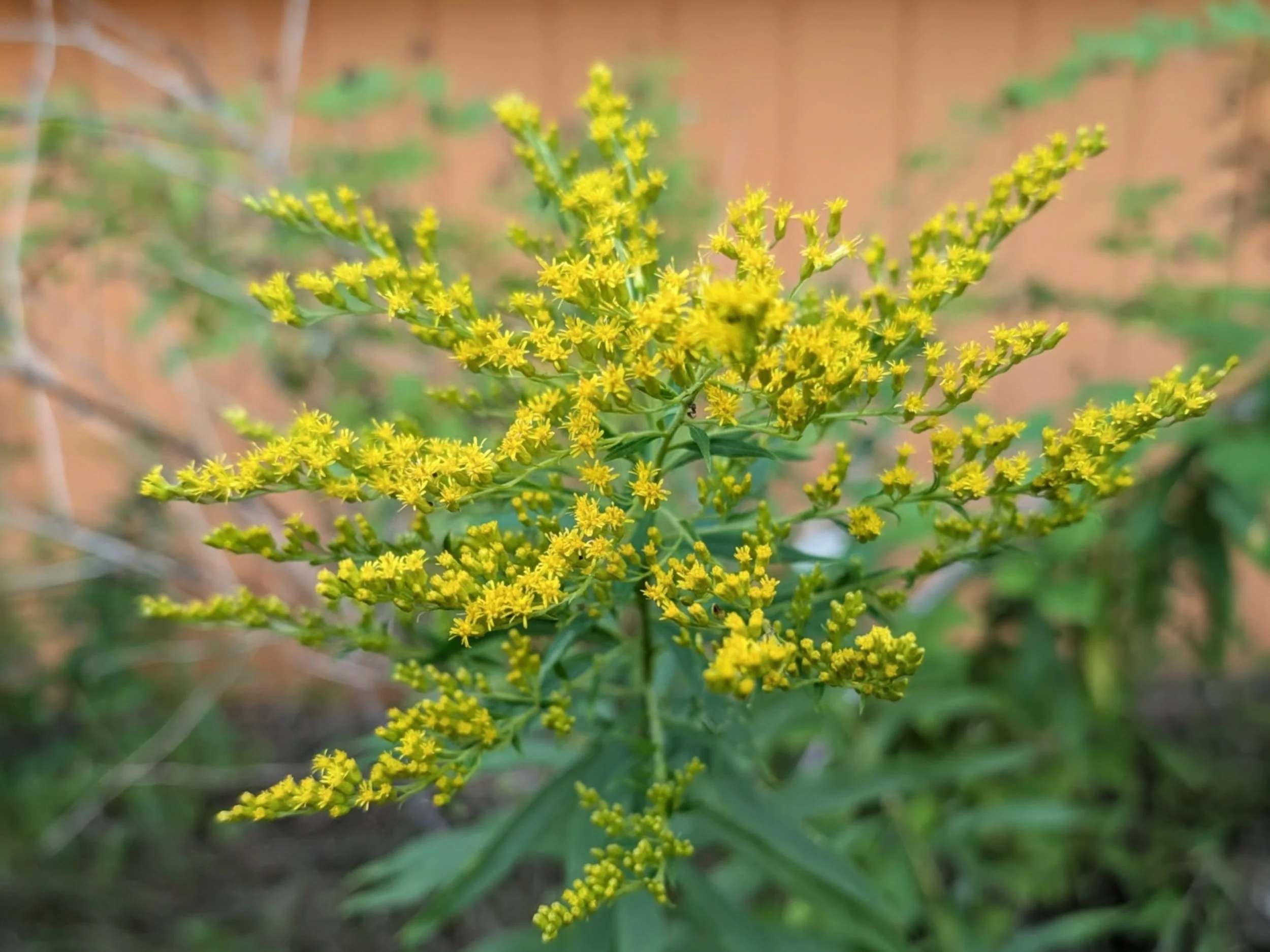Bloom: late summer to fall
Habitats: disturbed areas of moist to dry prairies; gravel seeps; limestone glades; openings in both floodplain and upland forests; savannas; thickets
Lifespan: perennial
Moisture: mesic
Plant type (height): forb (2 to 6 feet)
Requirements: full sun to partial sun
Soil: variety of soils
